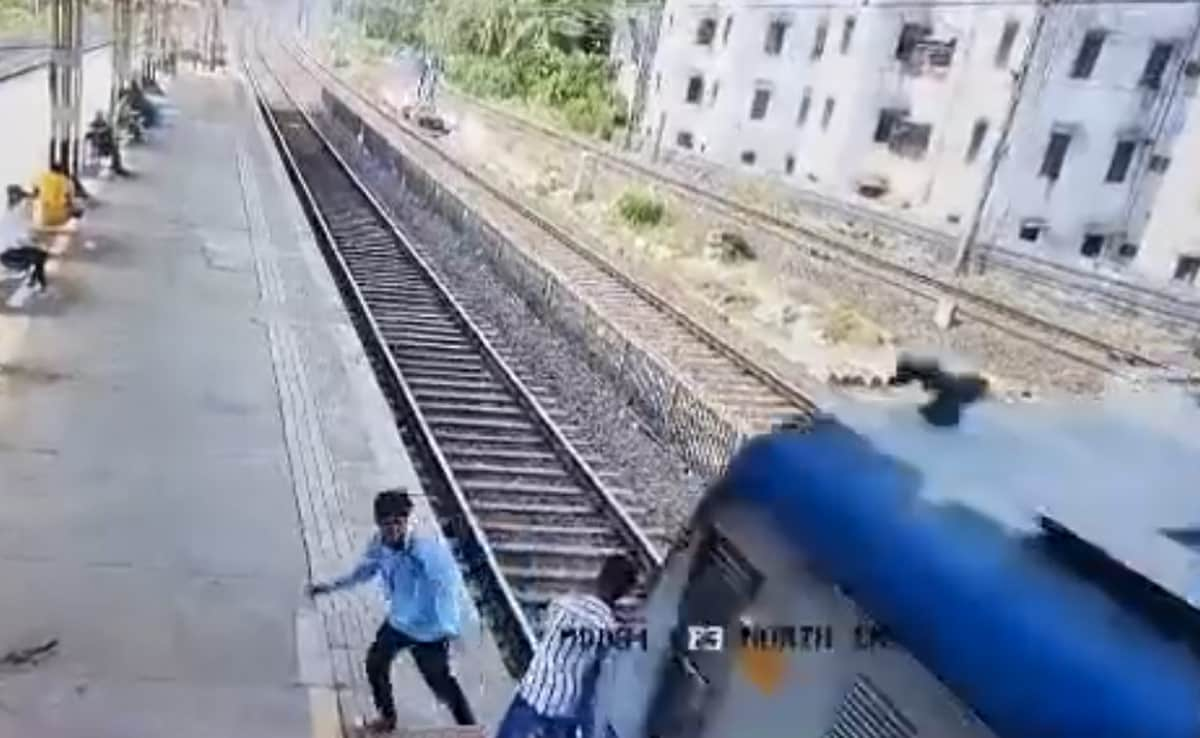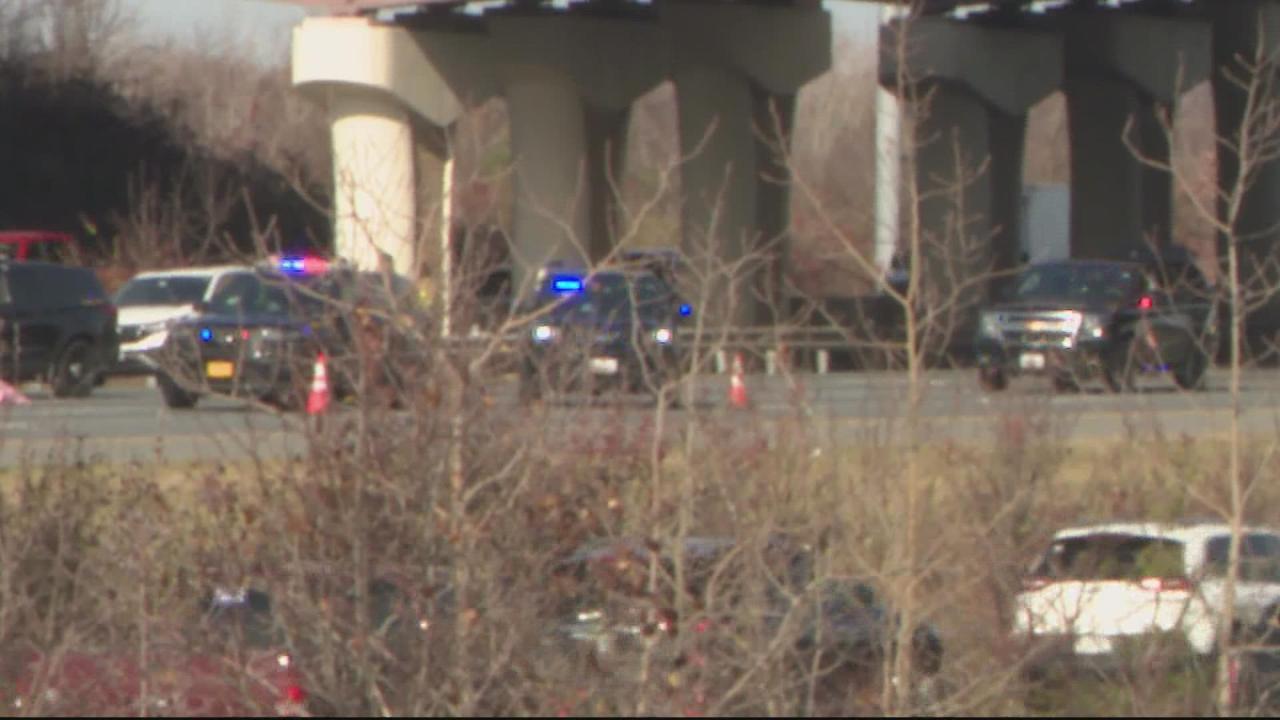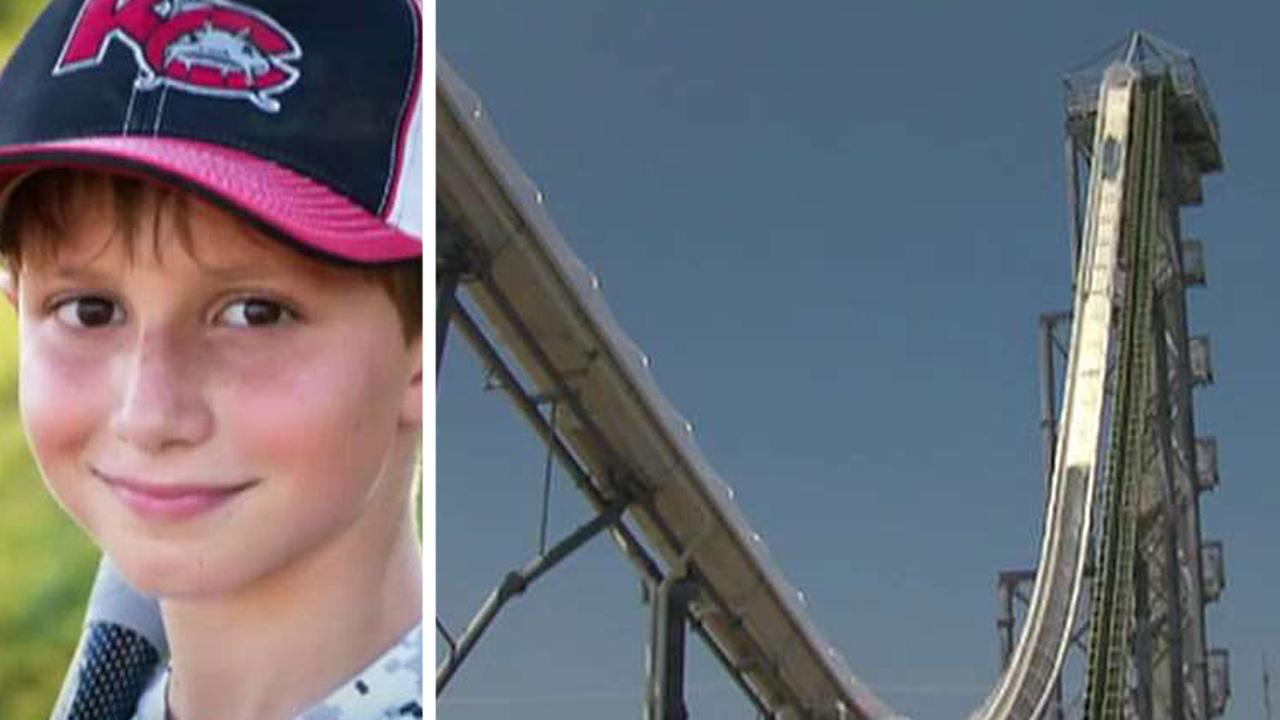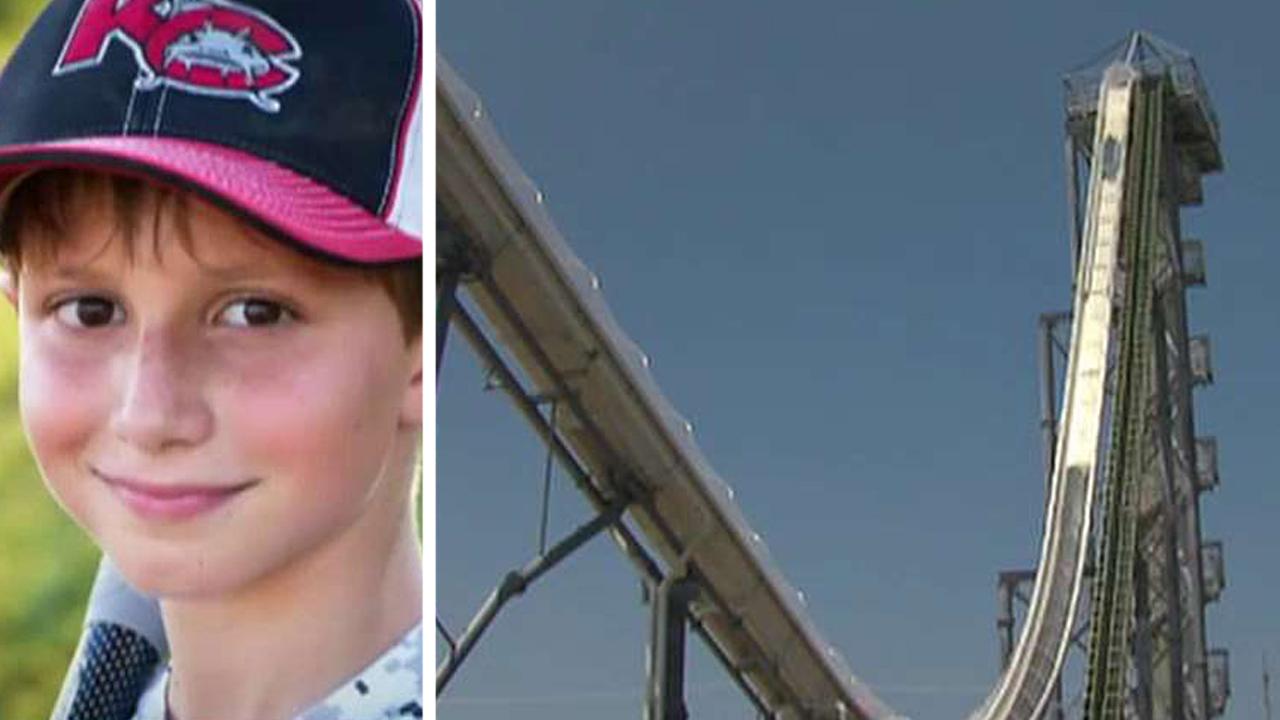Boy hit by drone – this chilling scenario sparks a crucial conversation about drone safety and responsibility. We’ll explore the potential for such accidents, examining the types of drones involved, the resulting injuries, and the legal and ethical ramifications. We’ll also delve into preventative measures, technological advancements, and the public’s perception of this growing concern.
From the boy’s perspective, the experience could be terrifying and life-altering. The incident highlights the urgent need for stricter regulations, improved drone technology, and increased public awareness to prevent similar tragedies. This exploration will cover everything from the mechanics of a drone strike to the long-term societal impacts.
A Boy Hit by a Drone: Understanding the Incident, Implications, and Prevention

The increasing popularity of drones presents both exciting possibilities and significant safety concerns. One particularly alarming scenario is a drone striking a person, especially a child. This article examines a hypothetical incident where a boy is hit by a drone, exploring the various aspects of such an event, from the immediate impact to the long-term legal, ethical, and societal consequences.
We will also delve into preventative measures, technological advancements, and the role of public awareness in mitigating future risks.
The Incident: A Detailed Account, Boy hit by drone

Several scenarios could lead to a boy being hit by a drone. A malfunctioning drone could lose control, a careless operator might lose sight of their aircraft in a crowded area, or a drone could be deliberately flown recklessly. The type of drone involved is crucial; a small, lightweight toy drone would cause less harm than a larger, heavier model equipped with a camera or other features.
Injuries could range from minor bruises and cuts to severe head trauma, broken bones, or even death, depending on the drone’s size, speed, and the location of the impact.
Imagine ten-year-old Alex playing in his backyard. Suddenly, a whirring sound grows louder, and a large quadcopter, about the size of a small pizza box and weighing several pounds, descends rapidly from the sky. It strikes him on the head, causing him to fall to the ground unconscious. The drone’s propellers inflict several lacerations, and he suffers a concussion.
Storyboard: The animation would open with Alex happily playing catch with his dog. Panel 2 shows a drone approaching from above, out of focus, highlighting the unexpected nature of the event. Panel 3 depicts the drone impacting Alex’s head. Panel 4 shows Alex falling to the ground, the drone lying nearby. Panel 5 shows concerned onlookers rushing to his aid.
So, a boy got hit by a drone – pretty scary, right? It makes you think about the safety risks involved, especially with all the drones around. Incidents like the one reported in the news, a drone crash in Paris , highlight how important responsible drone operation is. That Paris crash, though unrelated to the boy, reminds us that even seemingly minor malfunctions can have serious consequences.
We need better safety regulations to prevent future incidents where someone, like that boy, gets hurt.
Legal and Ethical Implications of Drone Accidents
The legal responsibilities of drone operators in accidents vary significantly depending on jurisdiction. In many countries, operators are liable for damages caused by their drones if negligence or recklessness is proven. Legal frameworks governing drone usage differ widely; some have strict regulations on airspace and operational limits, while others have less stringent rules. Potential legal actions could include civil lawsuits for personal injury, property damage, or even criminal charges if malicious intent is involved.
Ethical considerations include responsible drone operation, respecting privacy, and prioritizing public safety above all else. Regulations like mandatory registration, licensing, and flight restrictions in populated areas are examples of existing measures designed to prevent accidents.
A boy getting hit by a drone is a serious safety concern, highlighting the need for responsible drone operation. To understand the potential for accidents, consider the scale of some drone displays, like the impressive florida drone show , where hundreds of drones fly in complex formations. This emphasizes the importance of regulations and operator training to prevent similar incidents involving children or bystanders.
Safety Measures and Prevention of Drone Accidents
Minimizing the risk of drone accidents involving children requires a multi-faceted approach. This includes educating both drone operators and the public about safe drone operation practices. It also involves implementing technological advancements to enhance drone safety features.
| Guideline | Explanation | Example | Potential Consequences of Non-Compliance |
|---|---|---|---|
| Maintain Visual Line of Sight | Always keep your drone within your sight. | Don’t fly beyond the range of your eyesight or use FPV (First Person View) without a spotter. | Loss of control, collision with objects or people. |
| Avoid Crowded Areas | Do not operate drones near people or in densely populated areas. | Fly in open spaces, away from parks, schools, and events. | Injury or property damage. |
| Check Weather Conditions | Do not fly in adverse weather conditions. | Postpone flights in high winds, rain, or fog. | Loss of control due to wind or reduced visibility. |
| Follow Local Regulations | Obey all local, state, and federal drone regulations. | Register your drone and obtain necessary permits. | Fines, legal action, and drone confiscation. |
Technology like advanced obstacle avoidance systems, geofencing, and automatic return-to-home features can enhance drone safety. Public awareness campaigns, educational programs, and clear guidelines can significantly contribute to responsible drone usage.
Flowchart: The flowchart would start with “Drone operator encounters children.” Branches would lead to “Children are far away, continue flight” and “Children are nearby.” The “Children are nearby” branch would lead to “Assess risk: High risk? Yes/No.” A “Yes” would lead to “Land drone immediately,” while a “No” would lead to “Maintain safe distance, monitor children.”
Technological and Design Aspects Enhancing Drone Safety
Technological advancements are crucial for preventing drone collisions. Improved sensor technologies, like LiDAR and radar, enable drones to better detect and avoid obstacles. Drone designs incorporating redundant systems, fail-safes, and enhanced structural integrity can minimize the impact of malfunctions. Design flaws, such as inadequate propeller guards or insufficient battery safety mechanisms, can contribute to accidents. Innovative drone designs prioritize safety features, such as automatic emergency landing systems and collision avoidance algorithms.
A boy being hit by a drone is a serious incident, highlighting the potential dangers of these increasingly common devices. This brings to mind a recent news story about a drone crash in Paris , which thankfully didn’t involve injuries, but serves as a reminder of the importance of safe drone operation. The boy’s accident underscores the need for stricter regulations and increased public awareness to prevent similar occurrences.
Examples include drones with built-in obstacle detection and avoidance, and those using advanced materials to reduce the impact force in a collision.
Public Perception and Media Coverage of Drone Accidents
Media coverage of a drone striking a child would likely be significant, sparking public debate about drone safety and regulations. Public reactions might range from outrage and calls for stricter regulations to more nuanced discussions about the benefits and risks of drone technology. Social media would play a crucial role in shaping public perception, with both positive and negative narratives circulating.
Responsible reporting is essential to provide accurate information and avoid sensationalism, promoting informed public discussion and shaping policy decisions. A hypothetical news report might headline “Child Injured in Drone Accident: Calls for Increased Safety Measures,” detailing the incident, the child’s condition, and the ongoing investigation into the cause of the accident.
Last Word

The incident of a boy being hit by a drone underscores the critical need for a multi-pronged approach to drone safety. This includes stringent regulations, innovative technological advancements in drone design and obstacle avoidance, and comprehensive public education campaigns. Only through a collaborative effort can we mitigate the risks associated with drones and ensure the safety of our communities, especially our children.
FAQ Resource: Boy Hit By Drone
What is the average weight of a drone that could cause significant injury?
Drones weighing over a few pounds can inflict serious injuries, depending on the speed and impact point. Larger commercial drones pose a significantly higher risk.
Are there specific insurance requirements for drone operators?
Insurance requirements vary by country and even by the type of drone operation. Commercial drone operators typically need liability insurance, while recreational users might not, but it’s strongly recommended.
What kind of compensation could a family receive after such an accident?
Compensation depends on the severity of injuries, the applicable laws, and the insurance coverage of the drone operator. Legal action might be necessary to determine the amount.
How can I report a reckless drone operator?
Contact your local aviation authority or law enforcement. They will have procedures for reporting unsafe drone operation and investigating incidents.
